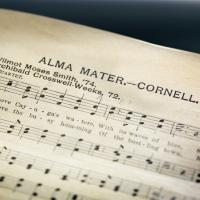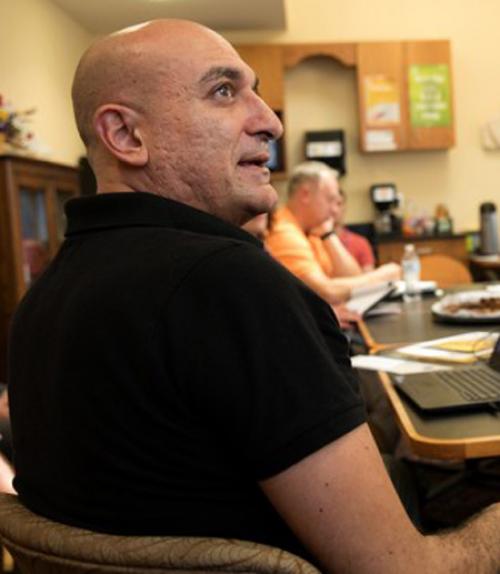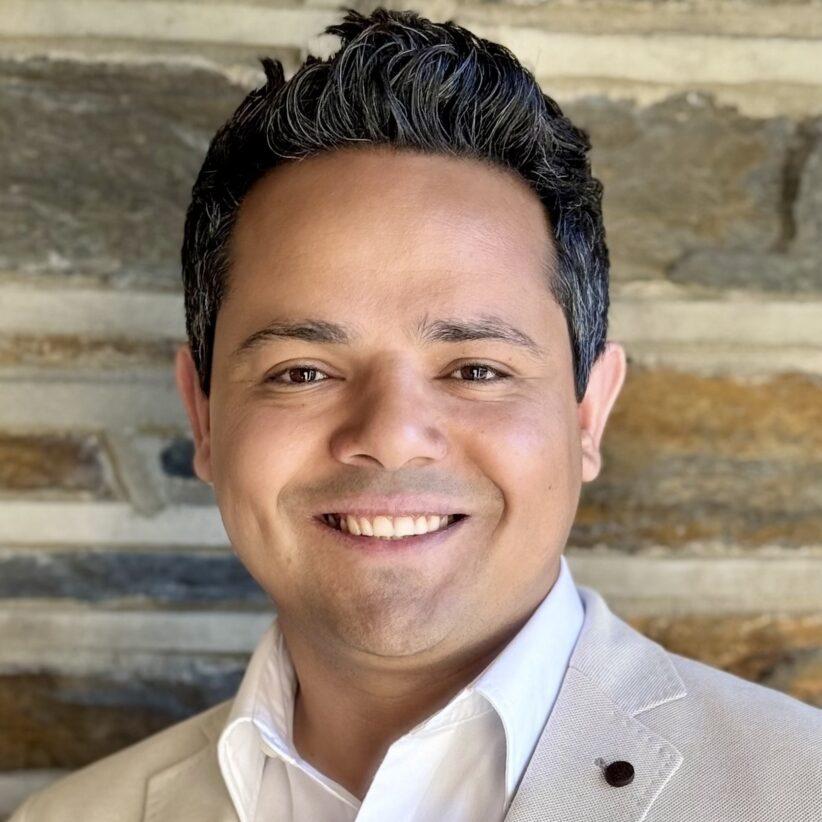
 Department Homepage
The College of Arts & Sciences
Department Homepage
The College of Arts & Sciences
Near Eastern studies offers Middle East series to local teachers
A new initiative by Cornell’s Department of Near Eastern Studies (NES) to provide continuing education opportunities for local K-12 teachers launched Sept. 26. The collaboration with Tompkins-Seneca-Tioga Board of Cooperative Educational Services (TST-BOCES) offers teachers a six-session professional learning opportunity focusing on the relationship between the United States and the Middle East through the lenses of politics, migration, religion and literature.



